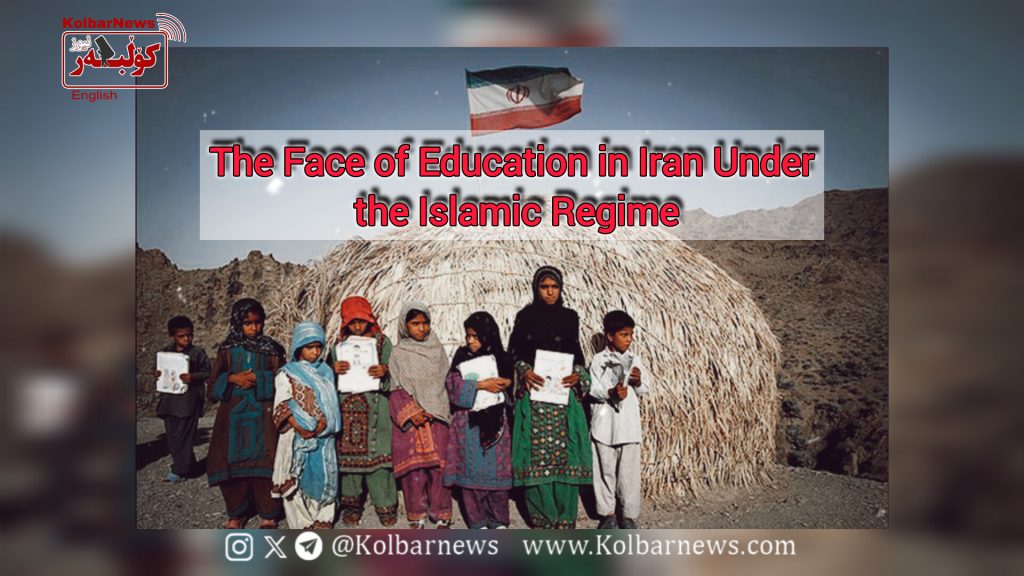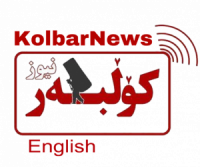
Yesterday, Sunday, September 22, 2024, the doors of schools were opened to millions of students. For the past 45 years, the control of the education system has always been one of the key objectives of the Islamic Republic regime. In its effort to dominate education and prevent religion from losing to science, the regime has transformed schools into centers for teaching religion, superstition, and rote memorization. Instead of helping children and the younger generation understand themselves and the world as it truly is, students are forced to fill their minds with large amounts of unnecessary, redundant, and distorted information.
Rather than using the latest scientific achievements and allowing students access to modern cultural knowledge, the education system in Iran imposes heavy doses of religious superstitions. From the early years of schooling, students are required to learn how to perform prayers and fast, and they are introduced to the ethics and teachings of prophets and imams. Girls must learn to accept their secondary status, absolute lack of rights, and the inferior position bestowed upon them by the “holy book.” They must learn how to cover every strand of their hair under the chador and hijab. The brightest and most talented students are turned into Quran reciters.
In Iranian schools, textbooks are filled with religious and moral content, with little attention to the individual creativity or artistic inclinations of the students. These texts have become tools for promoting superstition and fail to address the needs and concerns of the youth. Students memorize material without any real interest, merely to pass exams and move to the next grade, stifling any spark of literary appreciation. History books, rather than providing students with a true understanding of the past, distort and present events in a one-sided manner, glorifying historical figures without considering the social contexts in which they existed. This not only alienates students from critical thinking but also erodes any desire to study history meaningfully. The teaching of foreign languages, hindered by inadequate methods and facilities, becomes a burdensome task.
Teaching methods in Iran are outdated and unscientific. Psychological research shows that young people need a collaborative environment to explore, conduct experiments, and engage in group discussions. They should be able to develop scientific concepts and ideas through hands-on experiences. However, due to overcrowded classrooms, a lack of time, and insufficient laboratories and educational tools, teachers become the sole focus of the learning process, depriving students of collective research opportunities. Students are forced to demonstrate their abilities by rote memorizing what the teacher dictates.
In Iranian schools, due to the overwhelming volume of textbooks, lack of time, and crowded classrooms, as well as the inadequate knowledge of teachers on certain subjects, students are denied the opportunity to participate or express their opinions. This teaching style hinders the growth of students’ creativity and turns classrooms into monotonous and tedious spaces. In an environment filled with irrelevant issues and disconnected from the real concerns of students, classrooms lose their appeal, becoming dull and uninviting. As classrooms become monotonous, students’ natural reactions are often met with verbal or physical punishment from teachers, which severely damages the children’s and youths’ self-esteem. Teachers, frustrated with the outcome of their lessons or worried that students will forget what they’ve learned, assign heavy homework, pushing students further away from learning.
Moreover, the education system in Iran fails to emphasize physical education or the constructive role it plays in children’s and adolescents’ lives. Due to the lack of suitable spaces in cities and villages, and because many live in small, crowded apartments, students have no place to exercise or play. The cramped spaces in schools also offer no opportunity for physical activities.
Since the establishment of modern education in Iran around a hundred years ago, Persian has been the only language used for instruction, despite the country’s linguistic diversity. The formation of the modern Iranian nation-state in the early 20th century coincided with the policy of “assimilation” and linguistic repression. The nation-state seeks to homogenize and suppress diversity to create a more controllable and obedient society. In this context, the education system, as the most crucial institution for reproducing the existing order, has been a central tool for enforcing a single language policy, a policy that has been implemented continuously over the past century.
However, recent research emphasizes the necessity of “education in one’s mother tongue,” arguing that children should engage with the world of modern education and knowledge through their native language. Any policy that disrupts this relationship is not only harmful to the child’s individual development but also undermines the creation of a healthy and stable society.
In this situation, only through the mobilization of students, teachers, and academics, and by linking their struggles with those of workers and other protesting sectors of society, can the Islamic Republic’s efforts to dominate the educational system be thwarted. This could also pave the way for freeing Iranian society from the grip of the ruling Islamic reactionaries.

